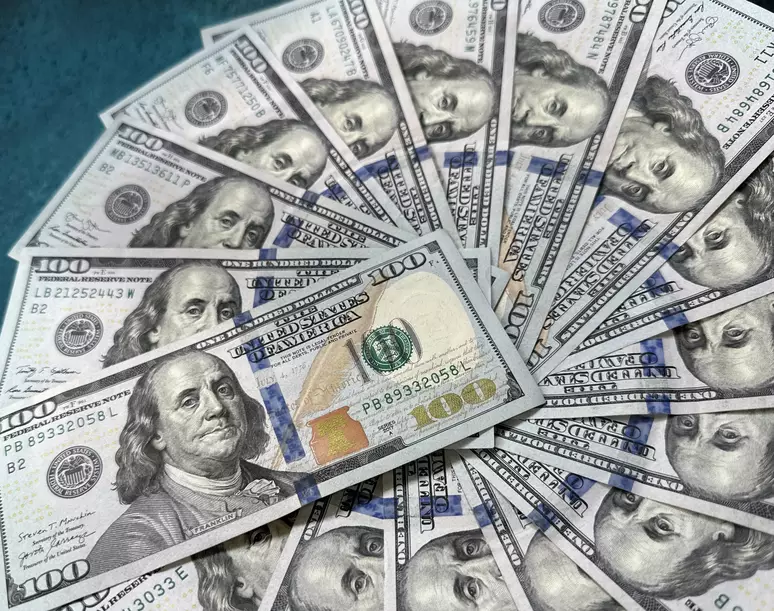
“Uncertainty surrounding the outlook has increased,” the Fed said in a new U.S. monetary policy statement.
The Federal Reserve kept its benchmark interest rate unchanged in a range of 4.25% to 4.50% on Wednesday, as expected, but policymakers at the U.S. central bank indicated they still expect a 50 basis point rate cut by the end of this year, amid a backdrop of slowing economic growth and, eventually, falling inflation.
In light of the Trump administration’s tariff announcement , Fed officials have raised their inflation projections for this year , with their preferred measure of price growth expected to end the year at 2.7%, up from a 2.5% increase estimated in December. The Fed is targeting inflation of 2%.
However, they also lowered their projection for gross domestic product (GDP) growth this year from 2.1% to 1.7%, with unemployment expected to be slightly higher later this year.
Policymakers said risks had increased, with a near-unanimous sentiment that the outlook for the year was more uncertain.
“Uncertainty surrounding the outlook has increased,” the Fed said in a new policy statement that takes into account the first weeks of the new Trump administration and the initial announcement of global tariffs on imported goods.
The Fed also said it will slow the ongoing reduction of its balance sheet.
Fed Governor Chris Waller disagreed with the statement due to the change in balance sheet policy.
The interest rate projections matched expectations set by financial markets ahead of the meeting and kept intact the Fed’s overall outlook that a gradual slowdown in inflation will allow for greater monetary policy easing.
But the path to get there could be tougher. While the statement did not mention President Donald Trump or the tariffs, the projections for higher inflation this year coincide with the release of the administration’s tariff plans.
However, it appears that for now the Fed is looking at the price change involved in these import taxes, treating them as a one-time change rather than a persistent source of price pressures.
Core inflation beyond 2025 remained unchanged from the Fed’s December projections, with the outlook expected to return to 2% by the end of 2027.
The projection for cuts after this year was also unchanged, reaching 3.1% by the end of 2027, close to the level considered to have a neutral effect that neither encourages nor discourages spending and investment.
The Fed cut its benchmark interest rate by 1 percentage point last year but has kept rates unchanged since December as it awaits more evidence that inflation will continue to fall and, more recently, more clarity on the impact of Trump’s policies.
Compared with Trump’s promise of a coming economic “golden age” due to his efforts to impose tariffs, deport large numbers of immigrants and loosen regulations, the Fed’s outlook calls for growth of 1.7% this year and just 1.8% in 2026 and 2027, with an unemployment rate of 4.4% this year and 4.3% in 2026 and 2027. That’s above the lows of recent years and up from the last reading of 4.1% in February.



